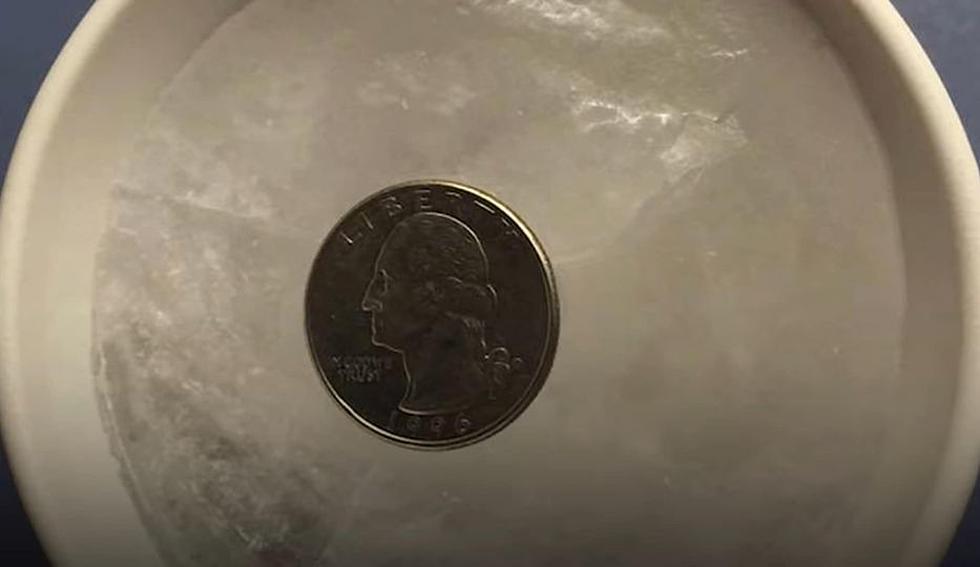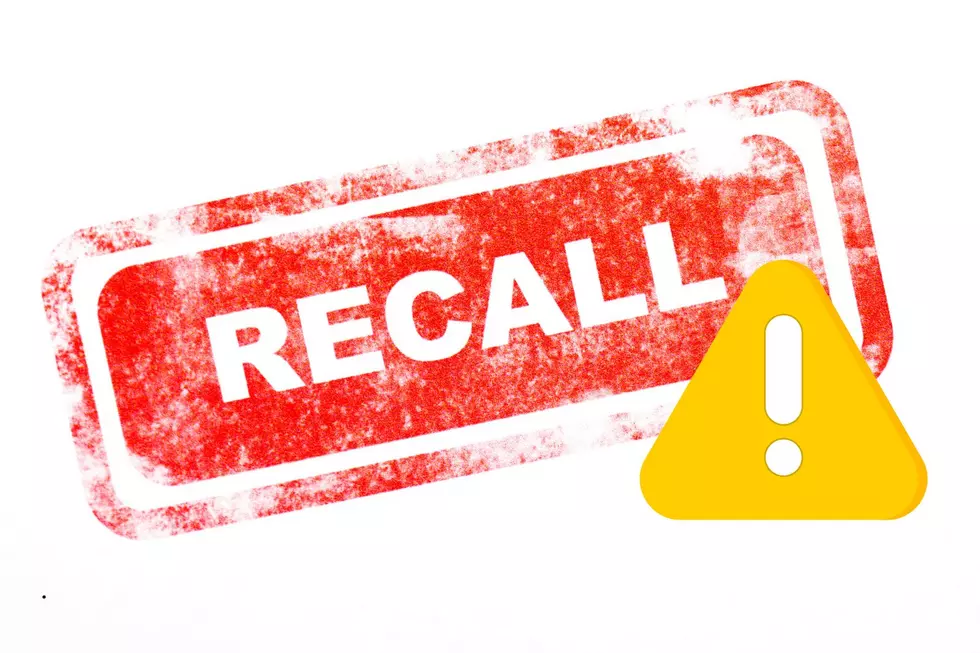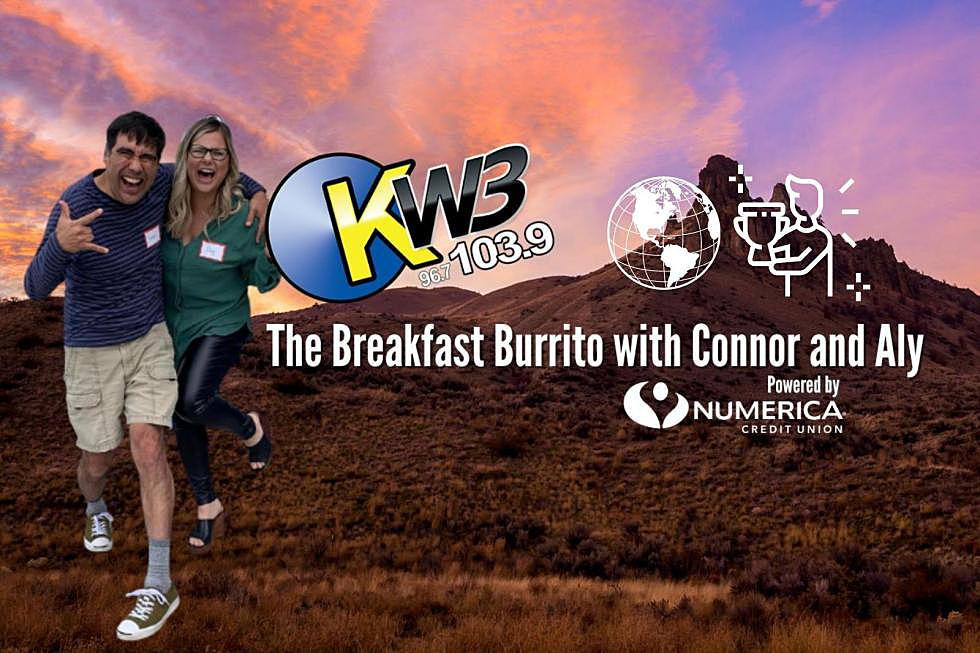
Remember When Mythbusters Tested Cockroaches at Hanford?
Back in 2008, Mythbusters ran an episode that asked the question: Could cockroaches survive a nuclear holocaust?
Mythbusters was a popular show on the Discovery Channel (from 2003 to 2016) and on the Science Channel (from 2017 to 2018.)
A team from the popular show visited Washington’s Hanford Nuclear Reservation back in the Fall of 2007.
Three members of the Mythbusters crew: Kari Byron, Grant Imahara, and Tory Belleci visited Hanford to answer the question - Could cockroaches, fruit flies, and flour beetles survive a nuclear holocaust?
The experiment took place in Hanford’s 318 Building - a facility dedicated to radiation measurement and irradiation science.
How many roaches, fruit flies, and flour beetles were involved?
* A control group of 50 did not receive radiation.
* 50 others were exposed to 1,000 rads (1,000 rads is the lethal load of radiation for human beings.)
* Another 50 were exposed to 10,000 rads.
* The final 50 were exposed to 100,000 rads.
The bugs were observed over the next couple of weeks to see how soon they died.
After being exposed to Hanford radiation - the three kinds of bugs were driven back to Mythbusters headquarters in San Francisco.
So, what were the results?
Surprisingly, the fruit fly and the flour beetle fared better with higher doses of radiation than the roaches.
However indifferent to radiation - fruit flies don't live long in general. The fruit fly's life expectancy is only 40 to 50 days.
Only one bug survived being exposed to 100,000 rads of radiation:
The Flour Beetle.
How many rads is instant death to a human?
100,000 rads (1,000 Gy) causes almost immediate unconsciousness and death within an hour - medlineplus.gov
INFO: Mythbusters, Medlineplus.gov
Science Says These Are The Dirtiest Things in Your Home
Gallery Credit: Stephanie Crist
5 Fun Myths People Outside of WA Still Believe About Washington
Gallery Credit: Rik Mikals
More From KW3







